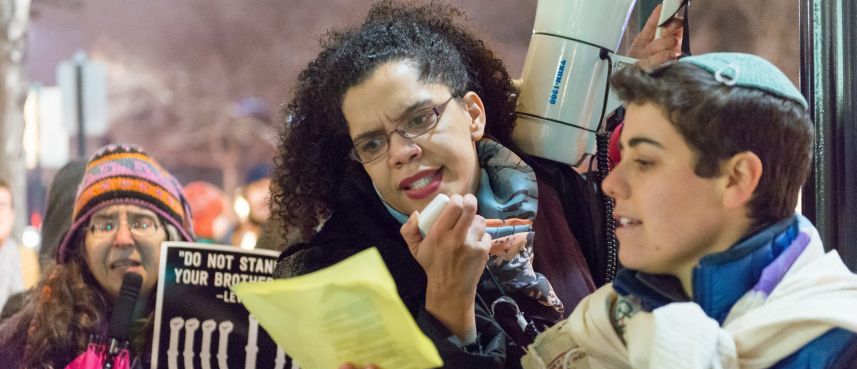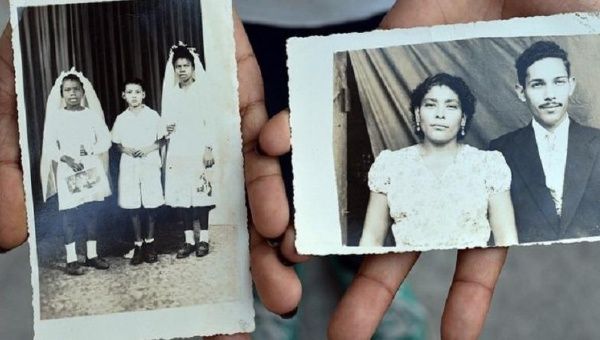“Brillo head,” “Don King,” “Sideshow Bob”: It took me years to embrace the hair that white people scornedPosted in Articles, Autobiography, Media Archive, United States on 2015-12-01 17:20Z by Steven |
Salon
2015-11-28
Growing up, everyone thought they could “fix” my hair. I believed them, and paid the price.
I was 16 and had been in the bathroom for two hours working on my hair. My tools were scattered all over the sink: a brush with bent-up bristles, a dozen barrettes and ties clogged with clumps of my torn-out hair, a spray bottle of water, loads of leave-in conditioner, and various gels and serums for “damaged” hair with names like Frizz Be Gone.
That month’s Seventeen magazine lay open to a tutorial on creating an “effortless” up-do, modeled by a cheerful blonde, but what I saw in the small mirror hanging on a nail above the sink was an ungainly afro whose tight, wiry, dark brown curls had been ripped apart. My eyes were red from crying and my skinny arms were exhausted from being held above my head so long.
I shoved the butt of my hand into the mirror—it went pop as shards of glass fell into the sink and a thin stream of blood ran down my forearm. I got myself a Band-aid, cleaned up quietly, pulled my hair back into a low bun, and retreated to my room. If I left my hair in that bun long enough, it might be semi-straight when I took it out, so long as it never got wet again, but that wasn’t feasible. When I started growing my hair out around age 8, I didn’t realize I had to de-tangle it daily in the shower, so one morning I woke up with fat dreadlocks and had to get them cut out…
Read the entire article here.





